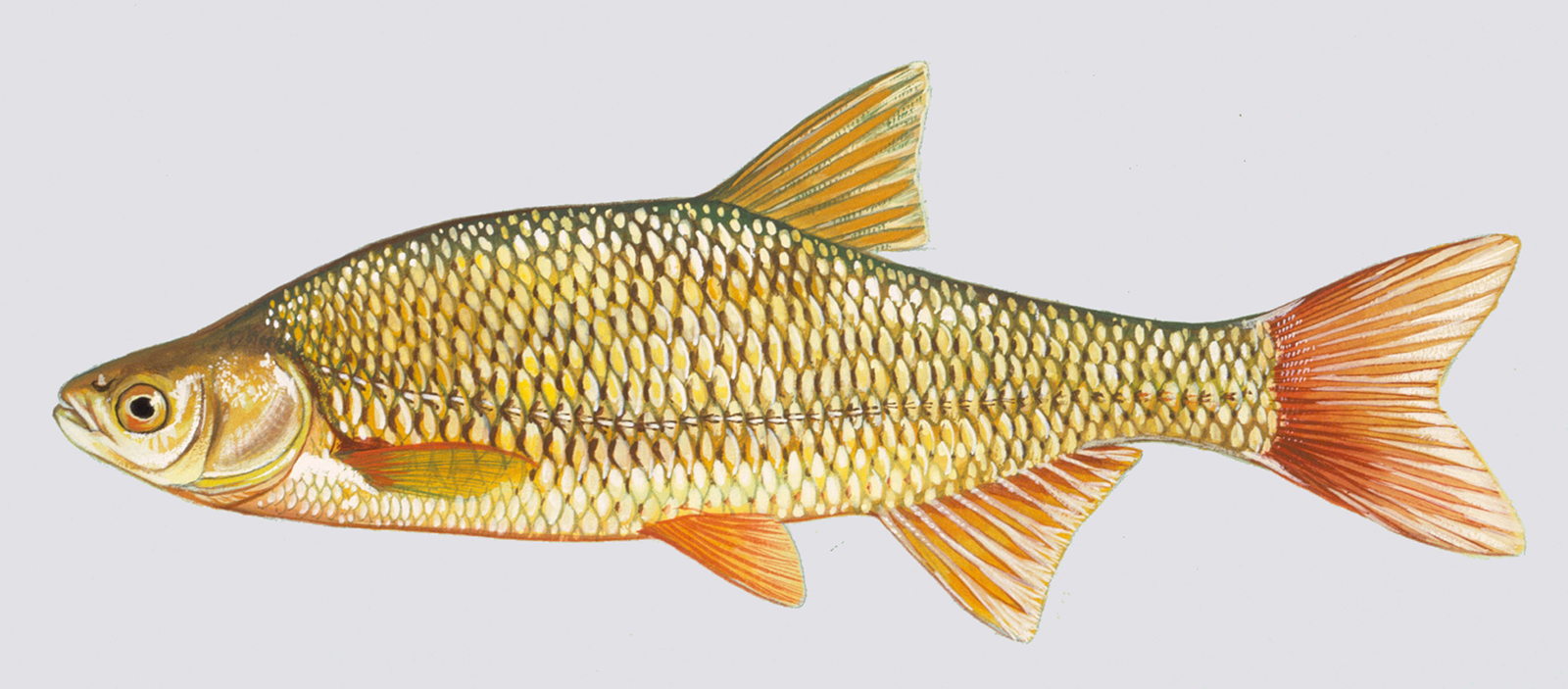
To Order Call (413) 207-1301
Fresh Caught Jumbo Golden Pond Shiners
Now selling smaller size Shiners as well as Jumbos, when available. NO ONLINE ORDERING, please call Dave with your order and pick-up at 10 East Main Street Huntington, the Swinging Bridge Auction Gallery. A 24-hour notice is advisable as all our bait is freshly caught out of our farm pond.
Please call Dave’s cell at (413) 207-1301 for availability of what you need. Dave is a one-man show and likes to go fishing as well.
Dave Says: “When you fish with our Golden Shiners you always have a fish on the line.”
Regular size Shiners, minimum order $20 for 30 Shiners.
Jumbos 5″ and larger, $1.00 per inch.
Licensed and permitted in Massachusetts to raise and provide “Golden Pond Shiners” that are large in size, with a minimum of 5″ and up to 9″ and caught pond fresh and ready for pickup. Unlike common 3″-5″ shiners ours are no smaller than 5″, attracting larger fish and who knows maybe a “trophy” catch! Since your Golden Shiner Order will be caught fresh, we ask that you allow us 24-48 hours to process your order and have it ready for you to pickup at our 10 East Main Street Huntington location. Please Note: We do not ship; all orders must be picked up.
A little Golden Shiner history and knowledge:
Though they have been known to reach lengths of up to 12 inches, in the wild the golden shiner is usually between 3 to nearly 5 inches long. The body is laterally compressed (deep-bodied). The back is dark green or olive, and the belly is a silvery white. The sides are silver in smaller shiners, but golden in larger ones. There can be a faint dusky stripe along the sides. The anal fin is large and has 8-19 rays, while the dorsal fin comprises almost always 8 rays. Scales are relatively large and easily lost when the fish is handled. The mouth is small and upturned. Two characteristics can distinguish the golden shiner from all other minnows:
1. The lateral line has a pronounced downward curve, with its lowest point just above the pelvic fins
2. There are fleshy keel lacking scales on the belly between the pelvic fins and the base of the anal fin. The lack of scales on the keel is important to differentiate the golden shiner from the very similar-looking rudd, Scardinius erythrophtalmus, a European species that has been introduced in a few places in North America. The rudd also has a midventral keel, but that keel bears scales. Golden shiner and rudd can in fact hybridize and hybrids have a few scales on their midventral keel.
The golden shiner is found throughout the eastern half of North America, north to the St Lawrence River, Great Lakes, and Lake Winnipeg, and west to the Dakotas and Texas. Because of its use as bait, it has also been introduced in many places outside this native range.
